Historic erotica gets a permanent home
A game-changing donation to the Bob Mizer Foundation will protect the largest collection of vintage gay erotic photography.
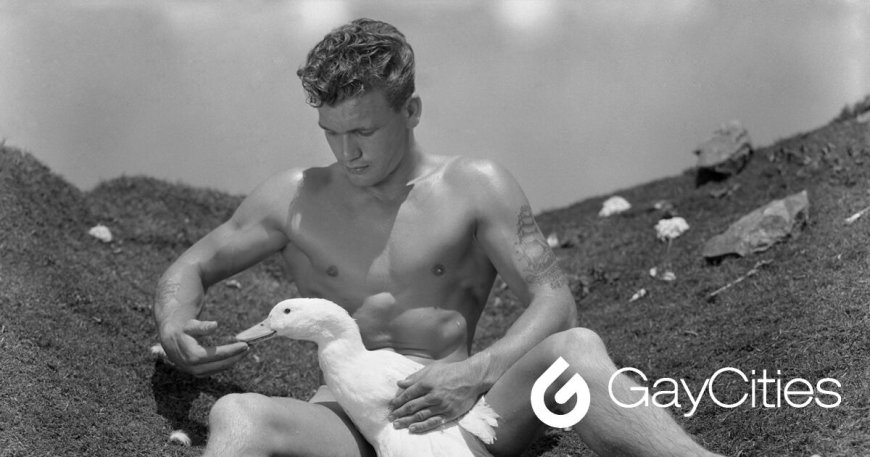
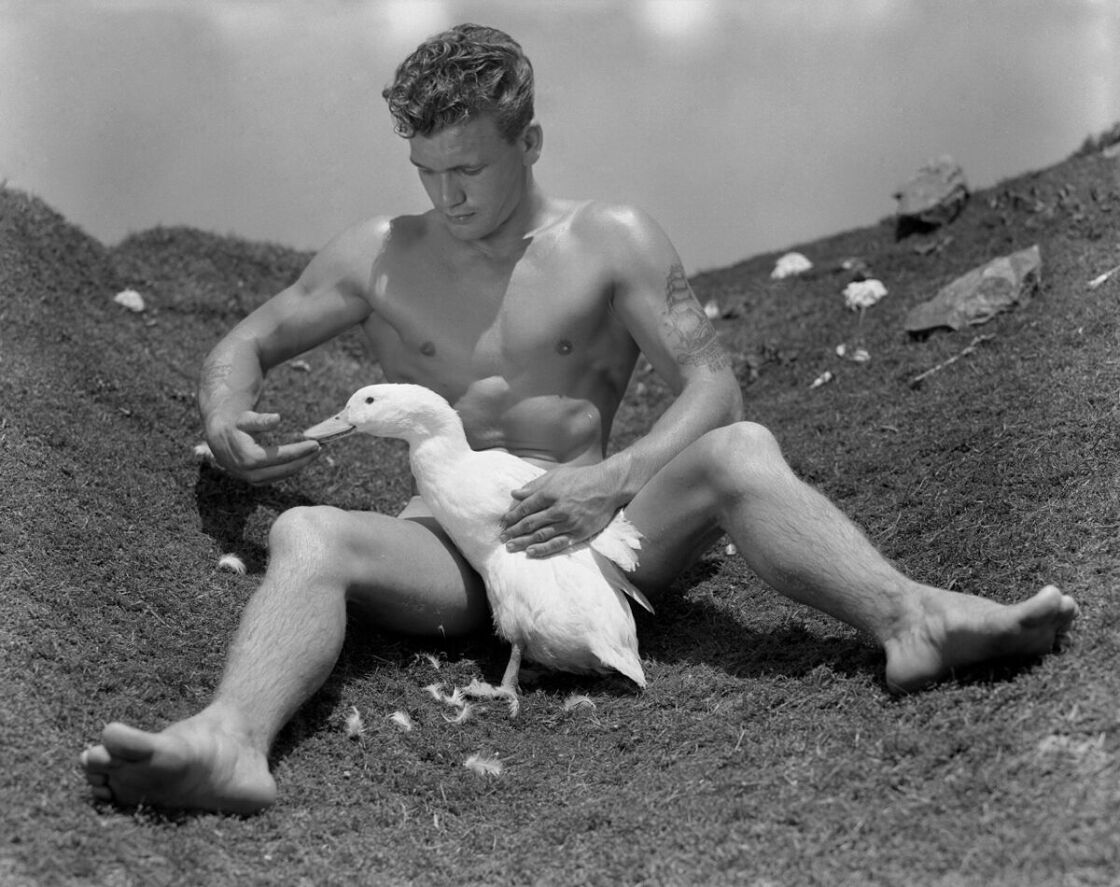
Beginning in 1973, Trent Dunphy ran The Magazine on a rough-and-tumble stretch of Larkin Street in San Francisco’s Tenderloin district for 50 years.
The store had two prior locations on nearby blocks before settling into its final home, a handsome three-story building over a century old. It was the sort of wide-ranging newsagent’s shop that was a staple of pre-internet 20th-century urban life.
Racks at the front of the store displayed hundreds of periodicals— from middle-of-the-road titles like Time and Life to special interest publications such as Cat Fancy and Cinefantastique— but they were mere gateway pleasures.
Pack your bags, we’re going on an adventure
Subscribe to our weekly newsletter for the best LGBTQ+ travel guides, stories, and more.
Subscribe to our Newsletter today
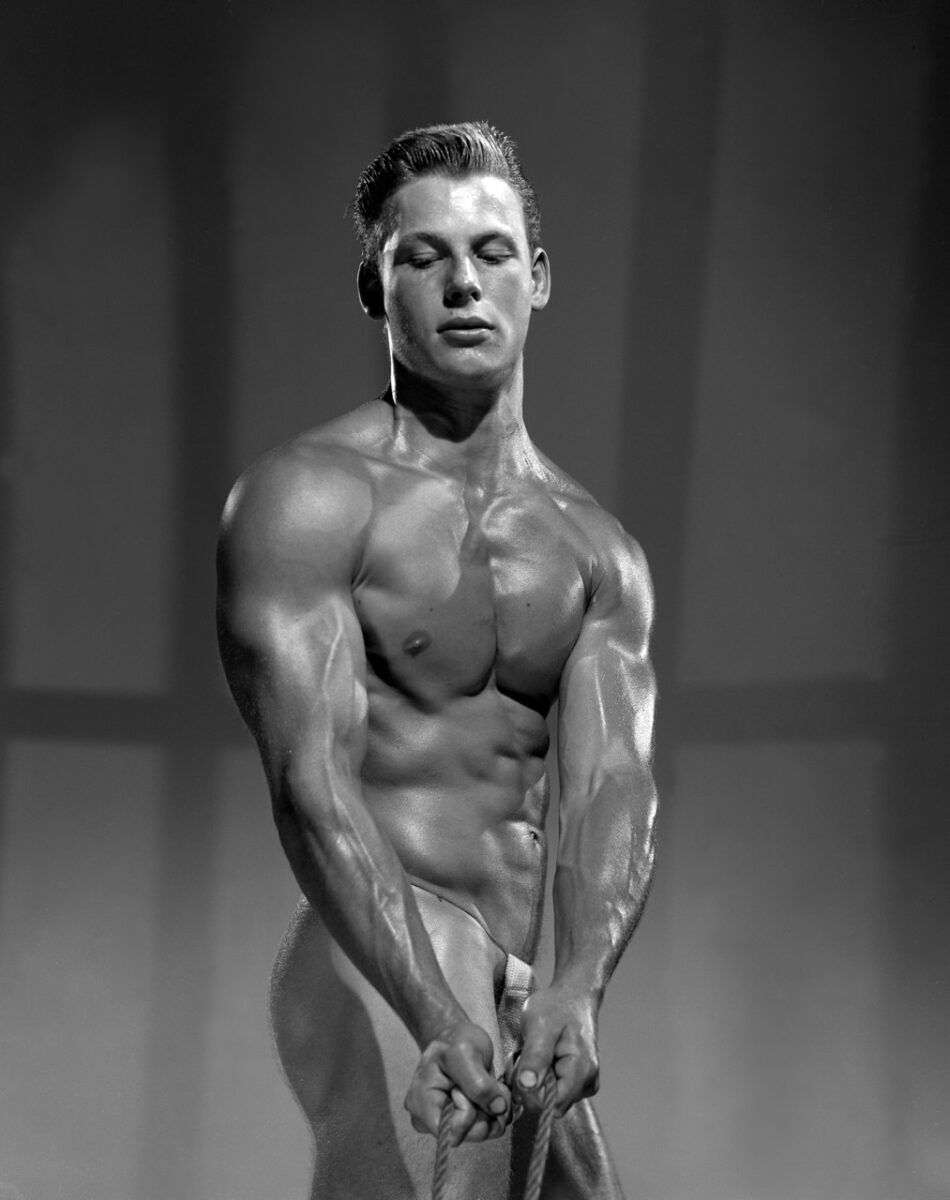
Venturing deeper into the ink-and-paper labyrinth while inhaling the seductive perfume of moldering pulp unknown to digital natives, browsers discovered stacks of back issues—not only mainstream titles but coveted “adult magazines” that were the shop’s most significant source of income.
While no stranger to the full-frontal and hardcore photography featured in the likes of Drum, Blueboy, and Mandate, Dunphy had a personal affinity for a genre of gay magazine that dated as far back as the 1940s, when photographs featuring male nudity were illegal to publish and sell in the United States.
Chief among these magazines was the digest-sized Physique Pictorial, published between 1951 and 1990 by Los Angeles-based Bob Mizer, its editor and primary photographer.
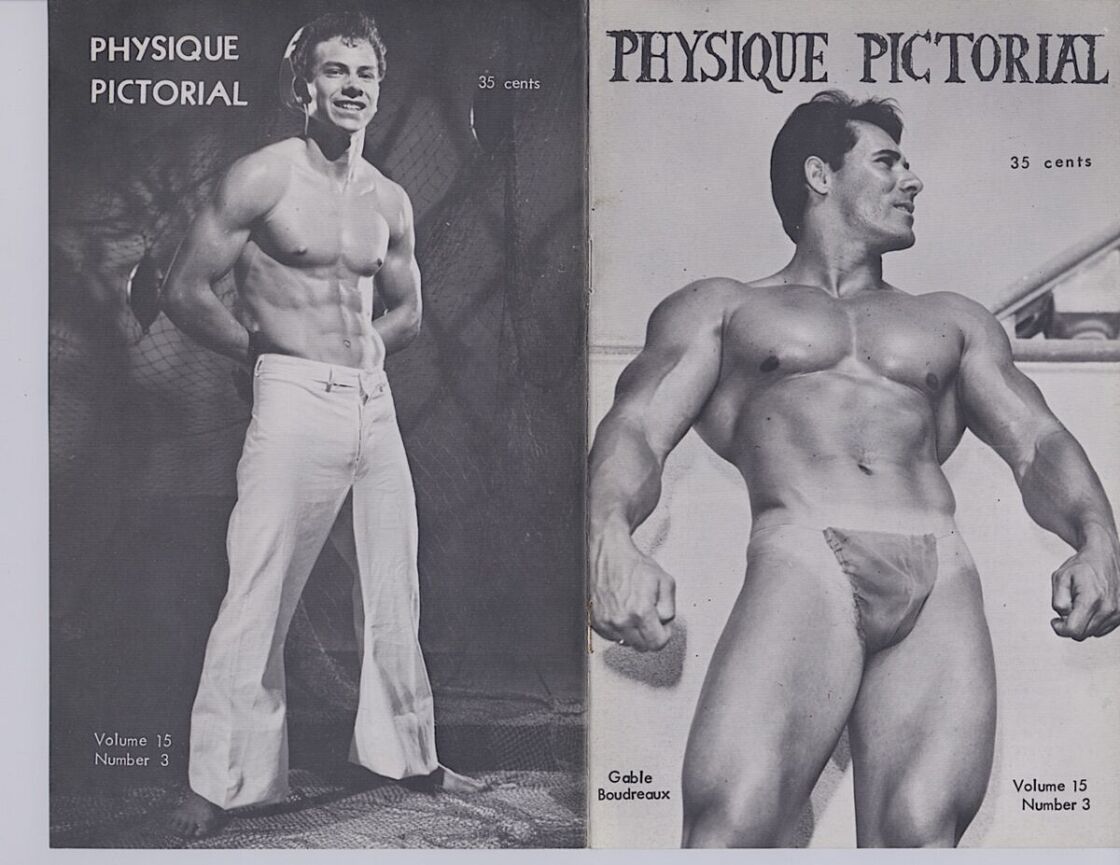
“Physique Pictorial was around when I was in high school between 1951 and 1955,” recalls Dunphy. “I went to a Catholic school in Long Beach, and the Christian brothers let me know those magazines were [full of] degenerate, perverted, disgusting, anti-social [photography] that I shouldn’t get anywhere near.
“So, of course, I wanted to get near them.”
Mizer’s magazines not only pack a wallop of personal nostalgia for Dunphy and other gay men of his generation. They also serve as a cultural time capsule: The photography in their pages had a powerful influence, molding notions of masculine gay identity alongside the rise of the modern American gay rights movement. Harry Hay’s Mattachine Society, also based in Los Angeles, issued its original Statement of Purpose in 1951.
Physique Pictorial was an outgrowth of an earlier Mizer endeavor, The Athletic Models’ Guild (AMG), a photography studio and mail-order business.

Mizer shot images of young men he’d often first encountered exercising or training for bodybuilding competitions around Venice Beach.
“Guys were just pouring into L.A. back then,” recalls Dunphy. “Everyone wanted to make it in Hollywood. Lots of the models who posed for Mizer weren’t gay. Or at least they didn’t think of themselves as gay. But they needed money, and they were happy to get paid to have a few pictures taken. And sometimes do some other things too.”
Mizer sold prints of his photographs—in which the models wore skimpy posing straps—through small advertisements in the back pages of bodybuilding publications, which had notably overlapping readerships of aspiring athletes and gay men.
Unlike the weightlifters in traditional bodybuilding periodicals who cast their glances downward or focused on some unspecified middle distance, AMG models gazed directly into the Mizer’s camera and, effectively, their viewers’ hungry eyes.
Props and costumes in Mizer’s photos and, later, short films evoked male archetypes, including cowboys, jocks, motorcyclists, sailors, and, ironically, police officers.
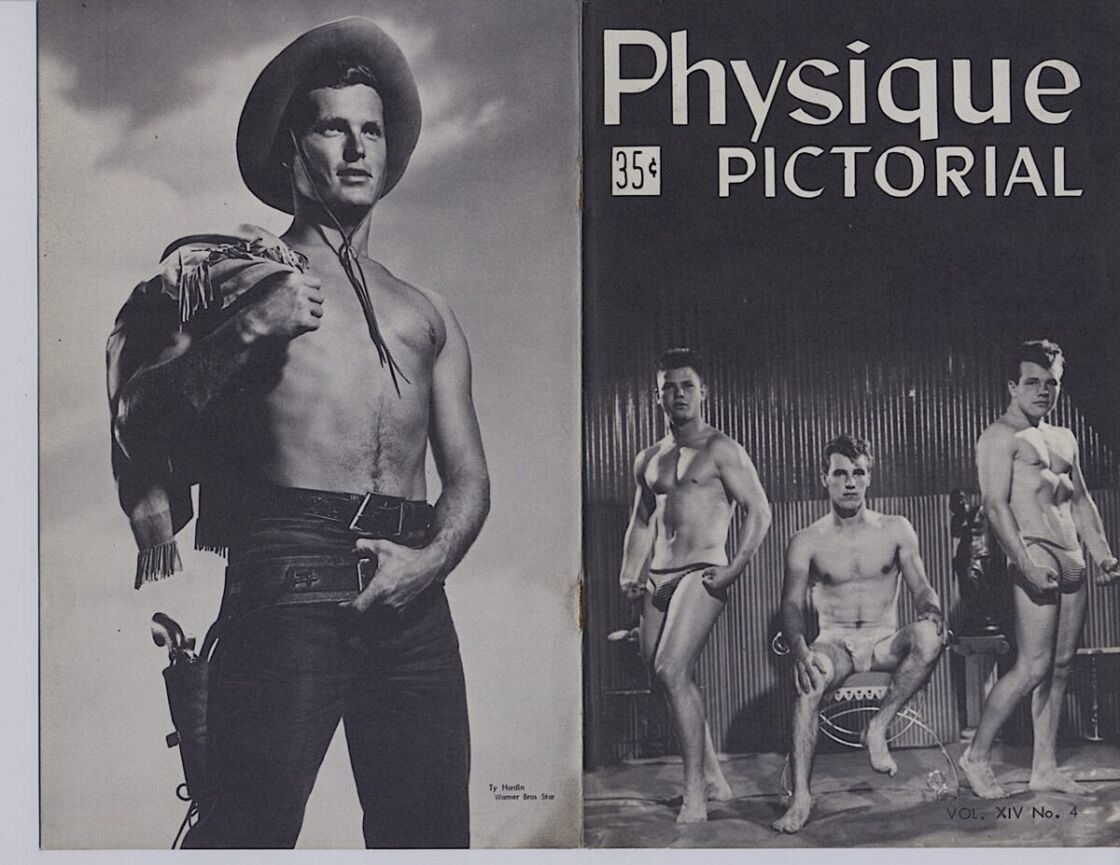
On multiple occasions dating back to the 1940s, Mizer was charged with obscenity and was even jailed briefly. Homoeroticism was enough to attract the reprobation of authorities, even in the absence of nudity.
At mid-century, law enforcement authorities’ attacks on homoerotic imagery ebbed and flowed, creating instability for AMG’s sales model: Bodybuilding publications were sometimes refusing Mizer’s ads with little advanced warning, wreaking havoc on cash flow.
Taking his fate into his own hands, Mizer started AMG’s Physique Pictorial, which became the keystone of his business success and helped establish other important gay photographers and illustrators, including Tom of Finland, whose first American publication was in the magazine.
Physique Pictorial boomed in the 1950s and 1960s, with thousands of mail subscriptions supplemented by distribution at newsstands and adult bookstores.

But as obscenity laws evolved, competitors eroded the magazine’s market as more explicit, if less aesthetically composed photos became available. By the 1980s, photographs one could have been sent to jail for possessing 30 years prior were widely considered harmless, even quaint.
The highly stylized images produced by Mizer and peers, including Bruce Bellas and Don Whitman, were no longer in much demand among gay men looking for stimulation. And they had yet to be recognized as important sociohistorical artifacts.
When Bob Mizer died in 1992, he left behind an enormous trove of materials: Nearly two million negatives and printed images; thousands of edited and unedited film reels; model release forms and other business records; fan mail; hate mail; personal journals; production equipment; and endless ephemera.
A major beneficiary of the estate was Wayne Stanley, who had been an AMG employee and Mizer’s live-in assistant in the last years of his life. Stanley immediately began selling off and even discarding portions of Mizer’s cache.
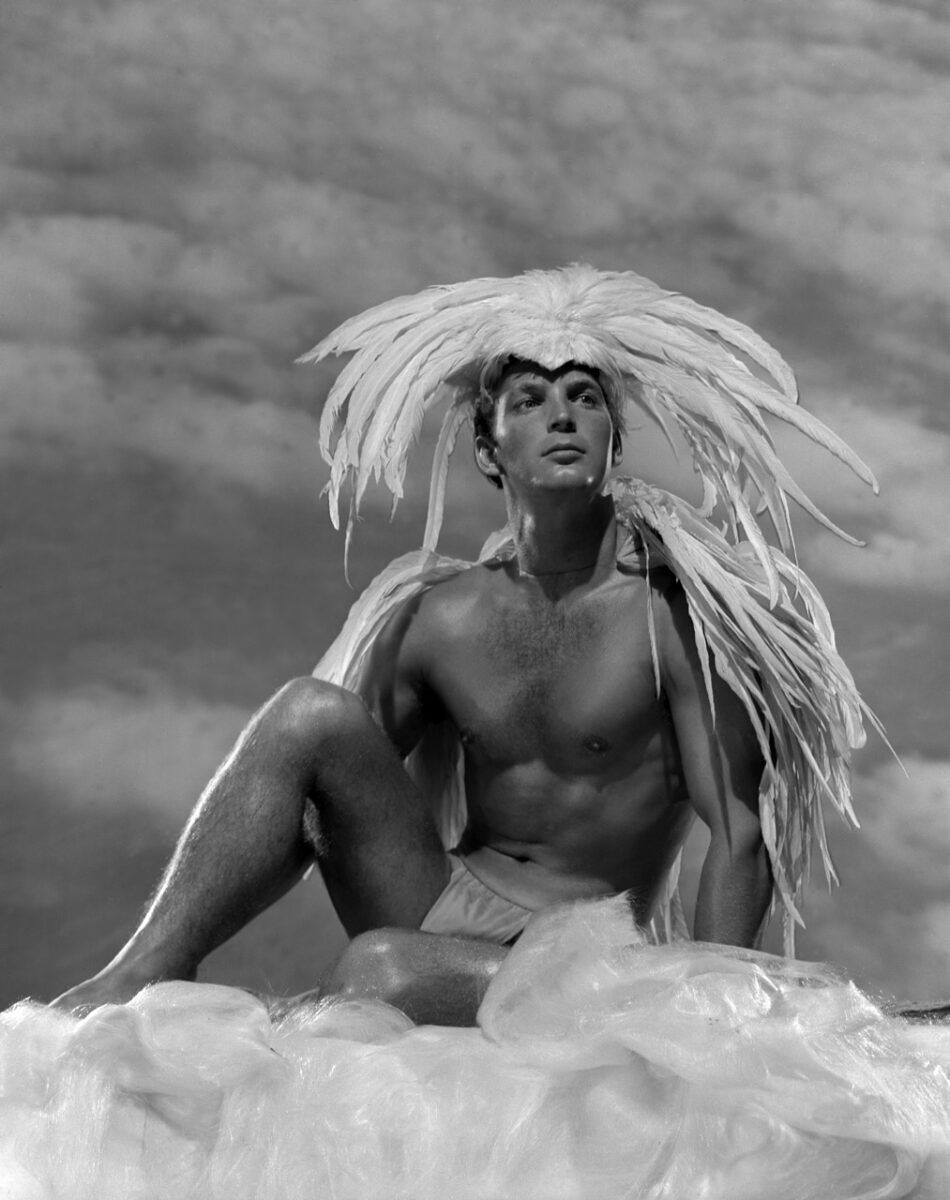
By 1994, Stanley had sold Mizer’s Los Angeles home and studio and moved to the San Francisco Bay Area, where he kept tens of thousands of haphazardly boxed prints and negatives stacked in his garage and a public storage unit.
Other portions of Mizer’s estate ended up scattered piecemeal among collectors. Some admired the work aesthetically, while others had begun to appreciate its historic importance.
Among the latter was Dennis Bell, a friend and regular customer of Dunphy’s at The Magazine. Bell, a one-time bodybuilder, had built his own successful career as a commercial photographer.
Long a collector of vintage physique photography and, like Dunphy, an aficionado of Mizer’s work, Bell approached Stanley, whose health was in decline, with a proposal to purchase his holdings and begin preserving Mizer’s legacy.
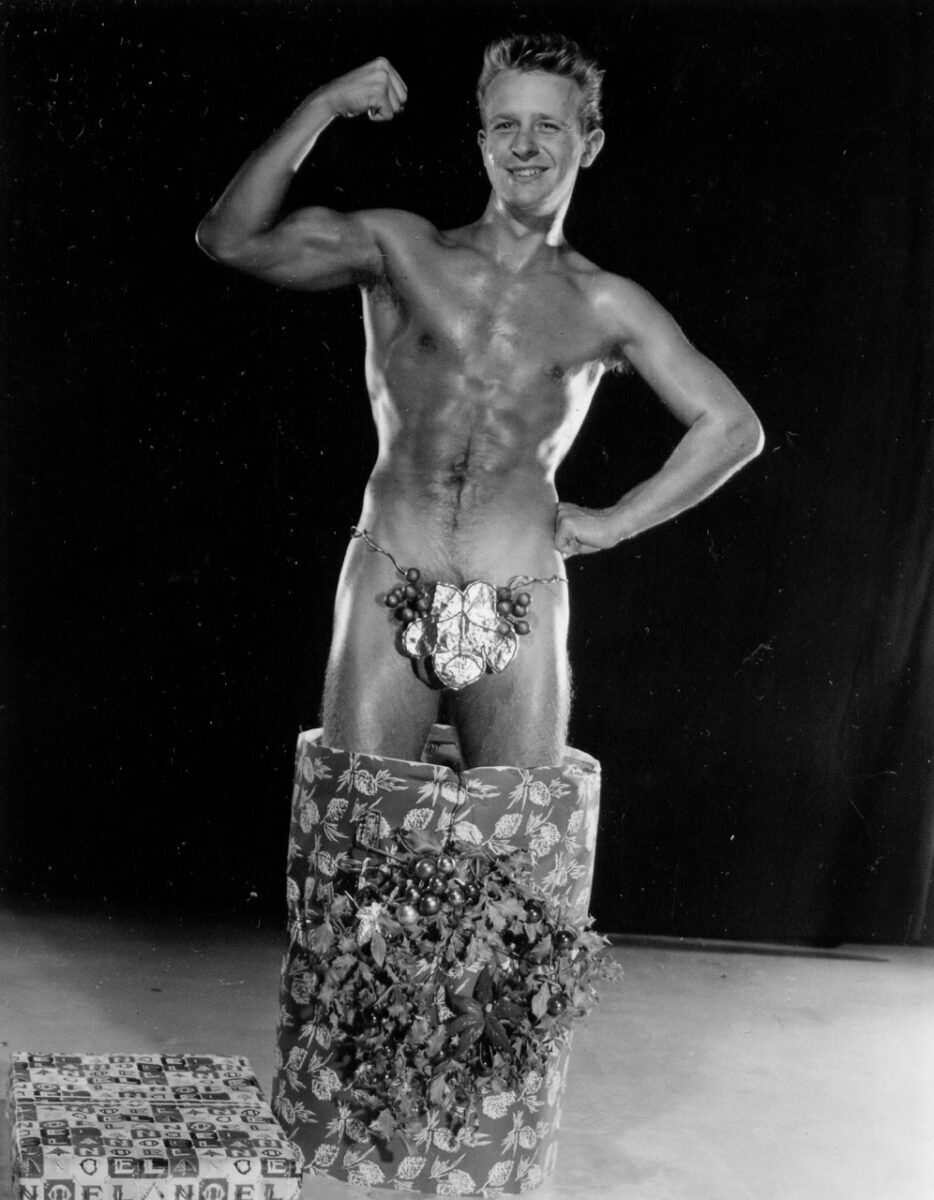
After acquiring Stanley’s Mizer materials in 2003, Bell began to seek out other portions of the AMG archive that had ended up with fellow collectors.
In 2010, he founded the Bob Mizer Foundation, which is dedicated to “promoting and preserving the works” of Mizer and other “progressive and controversial photographers.”
Having transferred ownership of his collection to the Foundation, Bell began publicizing the project, soliciting grant funding and material donations from other collectors.
Bell has heightened awareness of Mizer’s role in forming modern gay culture, promoting the AMG and Physique Pictorial collections to academicians, curators and publishers internationally.
German-owned art publisher Taschen has produced two massive illustrated volumes on Mizer’s work, and exhibitions have been mounted at museums and galleries in the U.S. and Europe.
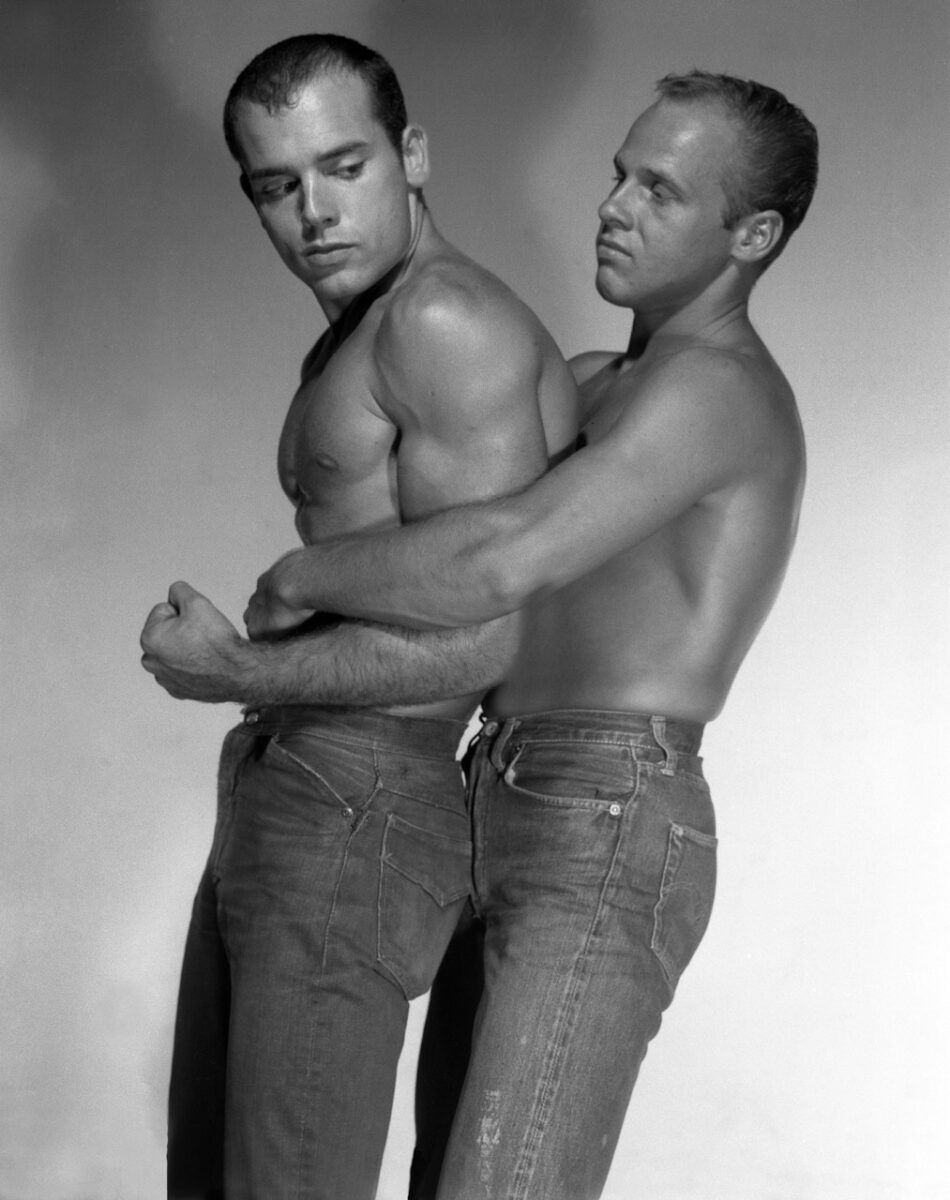
Supported by a handful of dedicated volunteers, Bell oversaw the sorting, cataloging, and digital scanning of the Foundation’s holdings from his suburban home for over a decade.
Last year, after five decades as one of the United States’ foremost dealers in gay erotic periodicals, Trent Dunphy decided it was time to close up shop at The Magazine.
Through his storefront windows on Larkin Street and the pages of his wares, Dunphy had witnessed a remarkable half-century of transition. Queer voices had grown ever louder, prouder, and more complex through epochal changes, including the gay rights movement, the AIDS epidemic, and the fight for marriage equality.
Over the same period, the media landscape had changed. The golden age of magazines was over, and surfing had supplanted browsing.
The once charged (but retrospectively chaste) images that long ago gave Dunphy his first glimpse of gay culture have faded in the wake of explicit, ubiquitous, instantaneously available selfies.
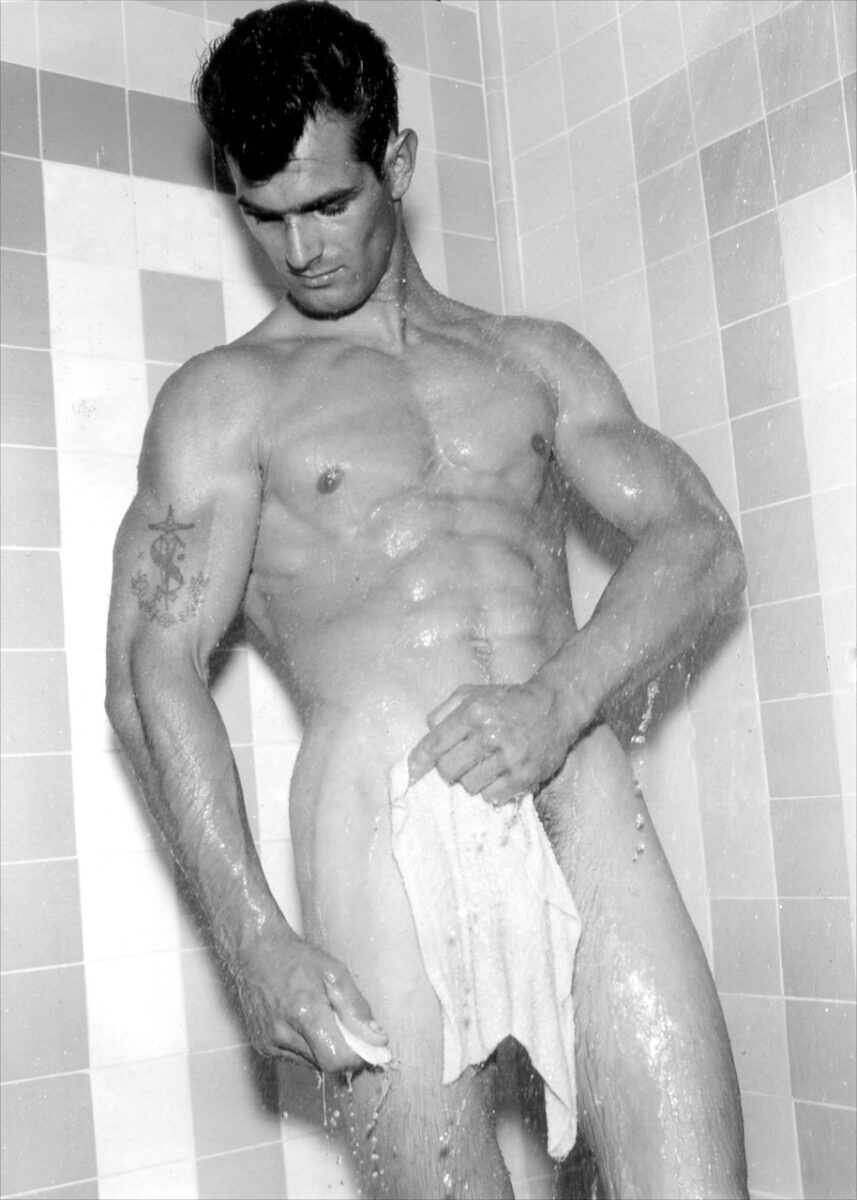
But to help assure that the history he, his partner, and their business lived through is remembered, contemplated, and appreciated for decades to come, Dunphy made a remarkable charitable donation.
The building at 920 Larkin Street, where gold lettering on the storefront window still reads The Magazine, is now the permanent home of the Bob Mizer Foundation.
On most weekdays, Trent Dunphy can still be found at work in the building he used to own. Along with Dennis Bell and a corps of volunteers, he continues cataloging and documenting the Mizer collection and a seemingly never-ending influx of newly donated materials.
Professors and students of queer history regularly visit to explore the Foundation’s archives, and exhibitions drawn from the collection are open to the general public, free of charge. Regularly scheduled programming, much of which is also made available online, includes talks by photographers and historians, and occasional movie nights feature rare screenings of vintage footage.
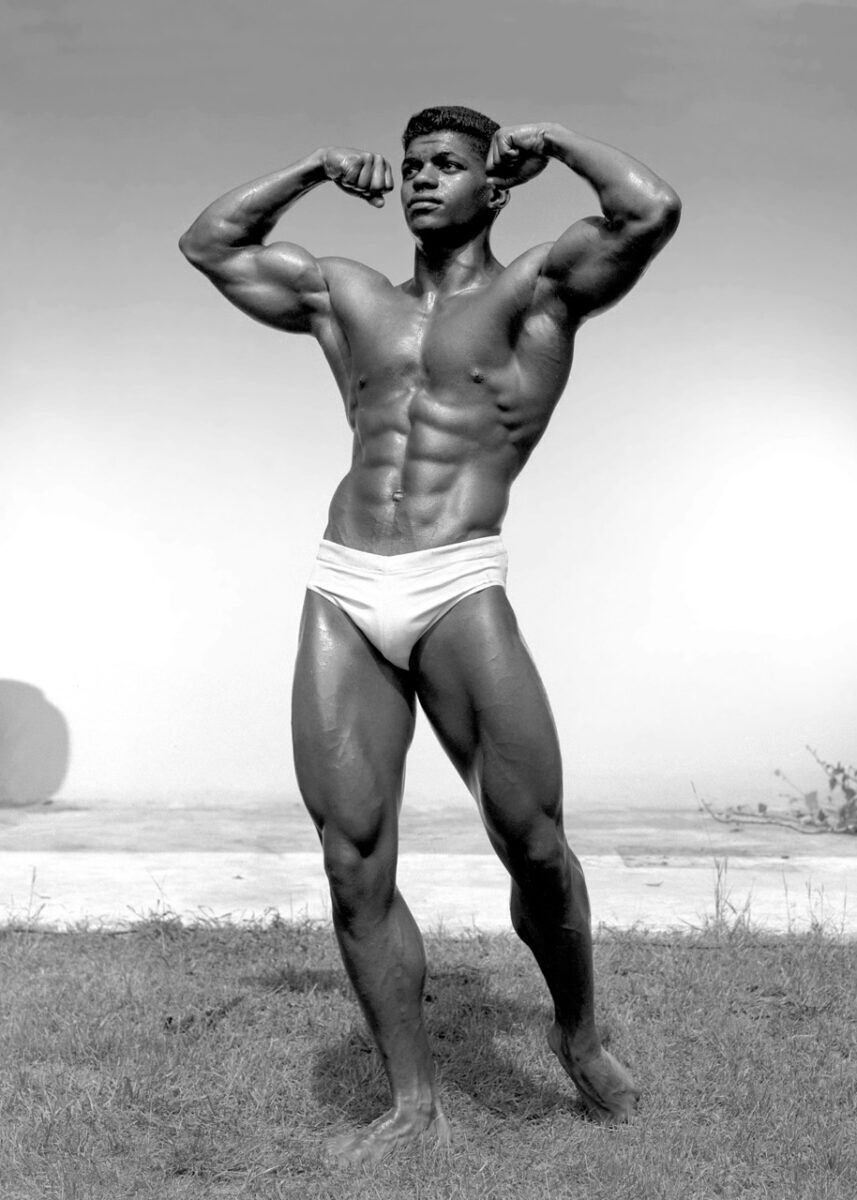
The Foundation has also begun publishing a quarterly reimagining of Physique Pictorial, combining vintage photography from Mizer and his peers with images and writing by contemporary creators for whom they— and gay elders like Trent Dunphy—paved the way.

 Mark
Mark 





